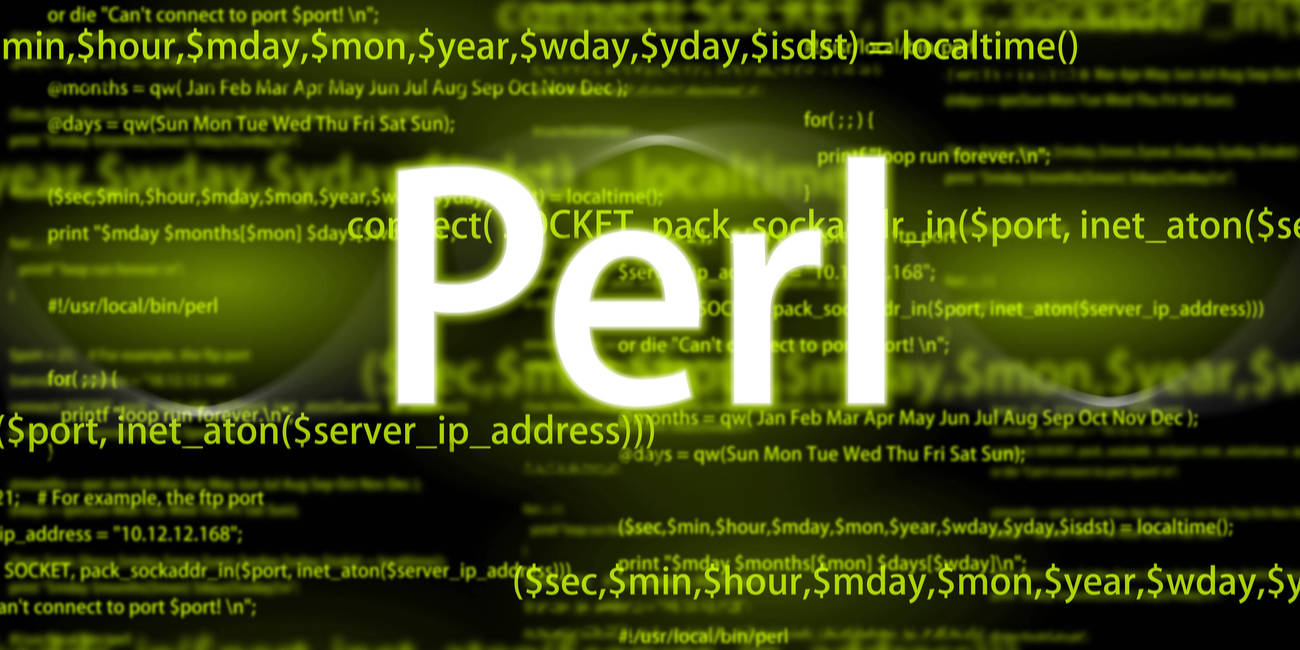

At that point, Larry Wall abandoned Perl 4 to begin work on Perl 5.
Perl programming language series#
Perl 4 went through a series of maintenance releases, culminating in Perl 4.036 in 1993. At the same time, the Perl version number was bumped to 4, not to mark a major change in the language, but to identify the version that was documented by the book. In 1991, Programming Perl (the Camel Book) was published, and became the de facto reference for the language. Until 1991, the only documentation for Perl was a single (increasingly lengthy) man page. Perl 3, released in 1989, added support for binary data. Perl 2, released in 1988, featured a better regular expression engine. The language expanded rapidly over the next few years. Wall began work on Perl in 1987, while working as a programmer at Unisys, and released version 1.0 to the newsgroup on December 18, 1987. Structurally, Perl is based on the brace-delimited block style of AWK and C, and was widely adopted for its strengths in string processing, and lack of the arbitrary limitations of many scripting languages at the time. Perl borrows features from a variety of other languages including C, shell scripting (sh), AWK, sed and Lisp. Perl is a dynamic programming language created by Larry Wall and first released in 1987. When they haven't set the standard themselves, they steal from the best - just like Perl itself.Tracing the History of the Computer - Perl Programming Language Those libraries, collected in the CPAN, provide ready-made solutions to an astounding array of problems. It handles all kinds of structured text, too, through an extensive collection of extensions.

It still boasts some of the most powerful regular expressions to be found anywhere, and its support for Unicode text is world-class. Perl's roots in text processing haven't been forgotten over the years. Its general-purpose programming facilities support procedural, functional, and object-oriented programming paradigms, making Perl a comfortable language for the long haul on major projects, whatever your bent. It combines (in the author's opinion, anyway) some of the best features of sed, awk, and sh, making it familiar and easy to use for Unix users to whip up quick solutions to annoying problems. The language is intended to be practical (easy to use, efficient, complete) rather than beautiful (tiny, elegant, minimal). It's widely used for everything from quick "one-liners" to full-scale application development. Over the years, Perl has grown into a general-purpose programming language. It quickly became a good language for many system management tasks. Perl was originally a language optimized for scanning arbitrary text files, extracting information from those text files, and printing reports based on that information. Perl officially stands for Practical Extraction and Report Language, except when it doesn't.
Perl programming language manual#
Run perldoc perldoc to learn more things you can do with perldoc.įor ease of access, the Perl manual has been split up into several sections.įull perl(1) documentation: perl # Reference Lists If you're new to Perl, you should start by running perldoc perlintro, which is a general intro for beginners and provides some background to help you navigate the rest of Perl's extensive documentation. You can get more documentation, tutorials and community support online at. The perldoc program gives you access to all the documentation that comes with Perl.


 0 kommentar(er)
0 kommentar(er)
